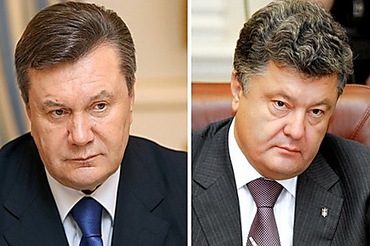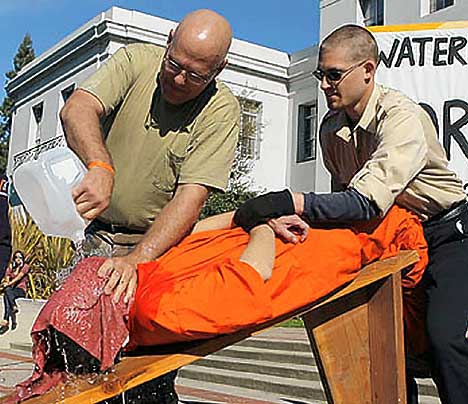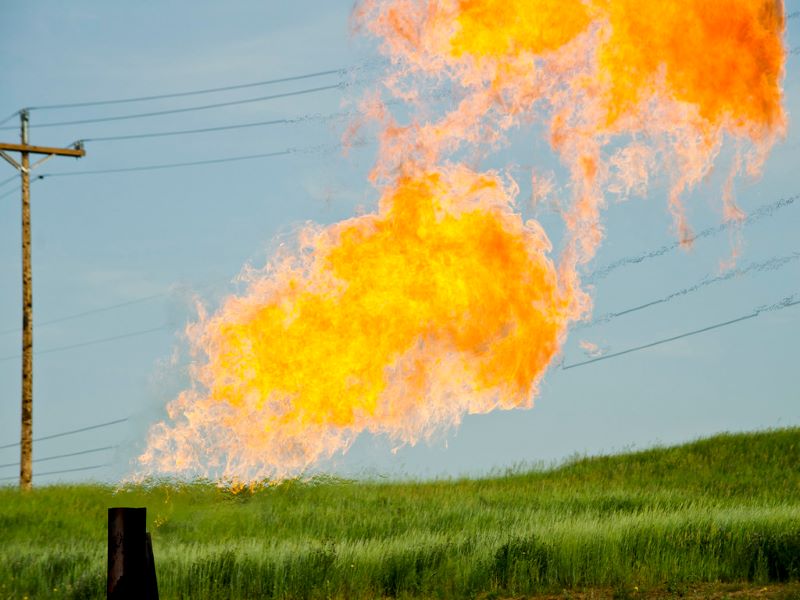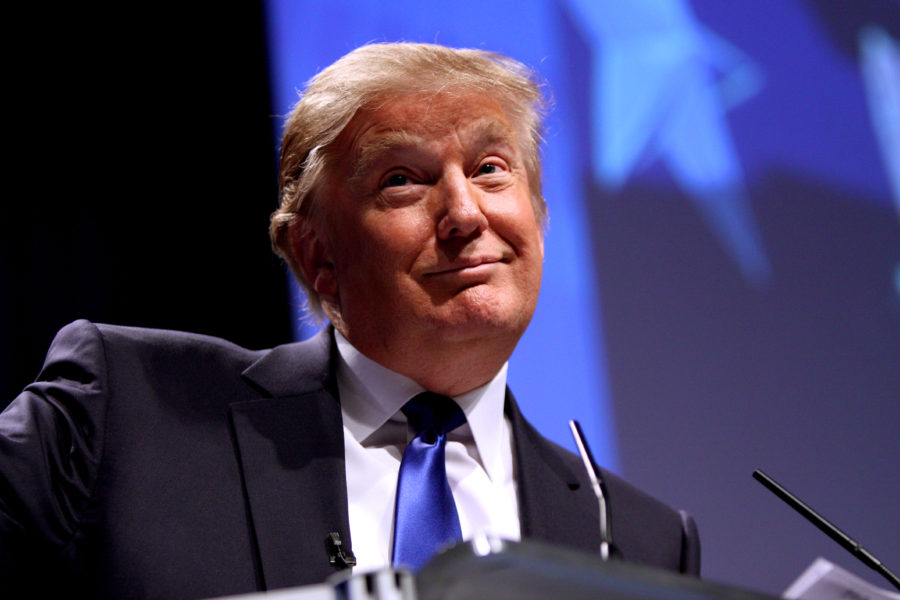
It’s been said that one way to ease the pain from a stubbed toe is to hammer your thumb; the distraction may mask one pain, but often creates another. Imagine Ukraine as the body within that analogy. Ousting Yanukovych from office and announcing Poroshenko as President was an attempt to ease the original pain created from the riots of early 2014. The move has predictably created an equally painful experience with rising death tolls in other parts of the country, specifically the pro-Russian areas of Donetsk and Crimea.
As the global community reflects upon the trauma Ukraine has faced this past year, wondering how the country can recover, a critical –and complex – assessment to make is with the nation’s change in political leadership, particularly in light of a tragically mounting death toll together with the long-term implications of bi-partisan political decisions.
Stubbed Toe: President Yanukovych’s term climaxed with the death and injuries of hundreds of civilians as protests grew deadly in response to the his refusal to sign a deal that would have allowed greater economic and political integration with the European Union (EU). By March 2014, at least 100 people had died when Pro- EU protests between anti-government demonstrators and police turned deadly. By mid-June 2014, the United Nations reported a death toll of 356 individuals, including 257 civilians.
In February 2014 – the deadliest month of the crisis – hope was restored when parliament removed Yanukovych from power, and later announced that elections would take place. Furthermore, the Berkut police, accused of perpetrating many protester deaths, was disbanded. Petro Poroschenko, a strong proponent favouring EU relations over Russia, was elected President. Among his first initiatives was the signing of an EU agreement of cooperation, the same deal that sparked the upheaval only months before. EU President Van Rompuy said that in signing the EU trade deal, Ukraine would experience closer political and economic ties that would bring to the country greater security, stability, and prosperity.

Bruised Thumb: Upon closer examination, the reality of the situation indicates otherwise. Under the Poroschenko leadership, at least 250 more civilians were killed and over 850 injured during June and July 2014 as a result of the mounting violence stemming from Pro-Russian separatists.
It is morally unsettling to consider Poroschenko as demonstrating more effective leadership for Ukraine because the death toll since he took office is recorded at 250 rather than 356 persons. While minimizing the current violence and civilian causalities is undoubtedly an important objective for any Ukrainian President’s office, a true understanding of the effectiveness of national leadership also requires an examination of the long-term implications of political and economic decisions.
Yanukovych’s Administration: Ukraine has consistently faced a weak economic structure. Entering 2014, the country maintained its heavy dependence on Russia for oil and financial assistance. President Yanukovych’s decision to sign a bond deal with Russia instead of the EU integration deal was thought to create a sustainable economic trajectory, with the opportunity for diversification and growth.
 A deeper examination into the historical relationship between Ukraine and Russia reveals that Ukraine’s dependency on Russia was never beneficial for the economic or social well-being of the country. There have been ongoing oil and gas disputes between the two countries since 2006. What was first thought of as a routine and arguably manageable dispute, has now developed into “the biggest energy emergency the European Union has seen in years.”
A deeper examination into the historical relationship between Ukraine and Russia reveals that Ukraine’s dependency on Russia was never beneficial for the economic or social well-being of the country. There have been ongoing oil and gas disputes between the two countries since 2006. What was first thought of as a routine and arguably manageable dispute, has now developed into “the biggest energy emergency the European Union has seen in years.”
The volatile Russia-Ukraine relationship is also manifested by the numerous failed attempts since 1993 to establish and implement a free trade regime to govern bilateral relations. Each attempt to solidify an agreement faced many challenges, including a lack of dispute settlement mechanisms, permitted opt-out provisions, and lack of ratification by Ukraine.
Even during the crisis in February 2014, Russia did not demonstrate any priority in reinstating Ukrainian peace and stability, which provides greater insight into the long-term value of Yanukovych’s pro-Russian strategy. At a protest in Sevastopol, pro-Russian separatists indicated amidst the on-going conflict, “bloodshed is inevitable”. While Russian officials refrained from publicly stating their support for separatism, evidence that Russia would support greater federalism was becoming known with organizations within Crimea reportedly financed through Kremlin structures.

Poroshenko’s Administration: President Poroshenko’s agenda is centered on reinstating the momentum established during Yuschenko presidency of the early 2000s to strengthen and favour relations with the EU over Russia.
The Poroshenko administration is essentially rejecting a long-standing dependency on Russia, instead devising a strategy that uses the integration of the EU to help the country reinstate economic, political, and social stability: for example, his team is deliberating the case of bringing the annexation of Crimea to international court.
Poroshenko is also seeking greater support from Western countries by imposing sanctions on Russia. The long-term impacts of imposing greater sanctions potentially results in immense destabilization within Russia’s economy, an economy that is greatly dependent upon imports – already $60 billion (USD) has been drained from the Russian economy this year.
In order to effectively assess each Ukrainian Presidential agenda, the analysis must consider both short and long-term implications of decisions that are currently centered on minimizing civilian causalities and violence, while maximizing economic, social, and political stability. It is apparent from Poroshenko’s decisions that he has goals of an autonomous, strengthened Ukraine in mind. His EU integration plans are designed to avoid the same dysfunctional dependency on Russia that has existed since Ukraine’s independence in 1991. Integration with EU’s 28-country bloc will allow for unprecedented free trade, an antidote which many believe will heal a bruised and battered Ukrainian economy into one of sustainable growth and stability.




